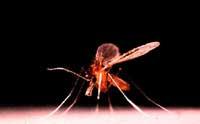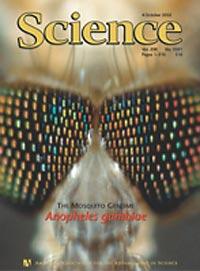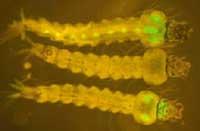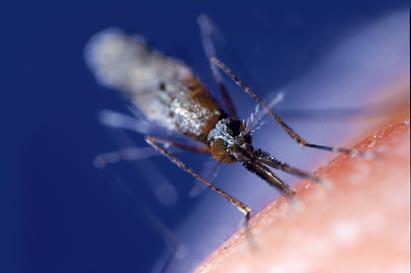Visible molecule capable of infecting Leishmania
2001/04/25 Galarraga Aiestaran, Ana - Elhuyar Zientzia
This microscopic parasite produces an ulcerative leishmaniasis disease that contaminates more than 10 million people a year in tropical areas. It is often fatal and there are no effective vaccines or treatments against it.

The parasite passes through its life for several cycles. In the first stage lives in the digestive tract of a mosquito. There he obtains biopterin and transforms it into tetrabiopterin (H4B), necessary for its growth. This molecule controls the virulence of leishmania.
At the end of the first stage, the growth of the parasite stops and passes to the infectious stage. When mosquitoes cling to the animal or man, the parasite enters the white blood cells. There it passes to another stage and that is what causes the disease.
In research at the Universities of Colorado and Kentucky, the enzyme gene that transforms bioperine into H4B was removed from parasites to see if they were able to infect mice. The result was unexpected, increasing the ability to cause leishman infection. After two weeks, mice infected with mutant parasites had 50 times more parasites than those infected with normal leishmania. It seems that the speed and spread of the infection depends on the number of parasites present in the second stage and that non-enzymatic parasites pass more easily to this second stage.
On the other hand, if there is a lot of H4B, the parasites remain in a non-infectious stage. It seems that limiting the ability to infect mammals is beneficial for the parasite. If they have the right amount of H4B, it gives parasites time to reproduce while their host is alive. Therefore, premature death of the host is not recommended for parasites.

Gai honi buruzko eduki gehiago
Elhuyarrek garatutako teknologia






